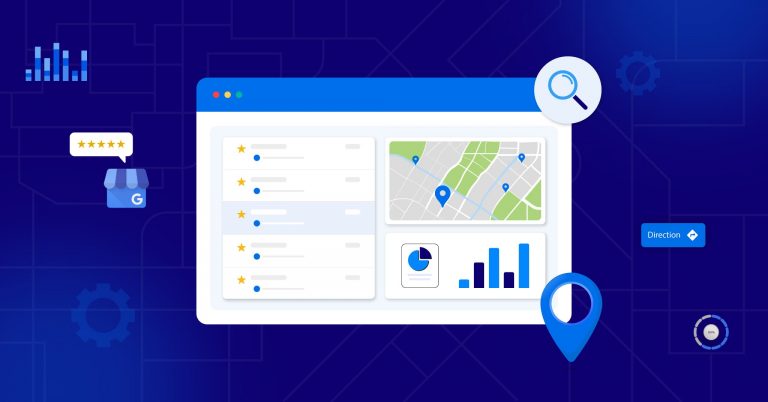Search visibility at the local level isn’t static, and that’s the challenge most multi-location businesses face. What a customer sees on Google Search or Maps in one neighborhood might look completely different a few kilometers away. These fluctuations in visibility can lead to inconsistent footfall, missed leads, and wasted local marketing efforts.
Local rank tracking allows businesses to measure and respond to how they perform in real local contexts. When powered by AI, it becomes more than tracking—it becomes a strategy to strengthen and maintain local search visibility across every region you serve.
Many platforms focus on national or generic search optimization rather than localized performance. These broad-spectrum tools:
As a result, businesses using these tools get a skewed picture of their local search rank tracking. The inability to track search visibility at the store or ZIP code level leads to underperformance and missed growth opportunities.
Online local rank tracking is about understanding where your brand stands in hyperlocal environments—not just citywide. For example, a store might rank #1 in one neighborhood but not appear in the top 20 a few blocks away.
To optimize for true local search performance, businesses need:
Precision enables smarter decisions, more effective content placement, and better ROI across regions. Local results are often shaped by hyperlocal factors like user proximity, review recency, and competitor activity. Without precision, businesses risk applying one-size-fits-all fixes that don’t move the needle.

AI equips teams with tools to go beyond static reporting:
AI systems replicate searches from precise GPS locations to mirror what users actually see in different localities. This reveals rank differences that national data often hides.
Instead of waiting for periodic reports, businesses receive:
This ensures timely interventions before visibility loss affects traffic or conversions. With AI, these alerts are automatically categorized based on severity, helping local teams prioritize the most business-critical changes.
AI platforms track and interpret elements like:
This level of context supports accurate adjustments to your local SEO monitoring approaches. Brands can understand not just when rankings drop, but why.
Managing visibility across multiple outlets requires scalable tools. AI-backed local SEO rank tracking platforms allow businesses to:
Instead of guessing where local search ranking is weak, teams can act on precise insights from location-specific reports. This supports better execution and more focused budget allocation. Central dashboards also allow leadership to monitor trends across hundreds of branches.
Rank tracking isn’t just about your position—it’s about how you perform relative to competitors in each location.
With AI-powered local search rank tracking, you can:
These insights go beyond vanity metrics. They shape how marketing teams prioritize regions, campaigns, and content formats. If your competitor consistently outranks you in a key market, AI highlights that and points to contributing factors.
Modern local rank tracking tools don’t just serve SEO teams—they enable operations, customer experience, and franchise leaders to:
Whether it’s launching a new location, responding to negative reviews, or updating local content, actionable ranking data ensures informed decisions are made across departments. With AI-powered capabilities today, assessing data and understanding customers becomes a lot easier, productive, and outcome-driven.
When choosing a tool for local SEO monitoring, ensure it offers:
You should also look for a platform that learns from historical data—spotting recurring rank volatility patterns and surfacing recommendations based on past fixes. AI isn’t just reactive; it becomes predictive.